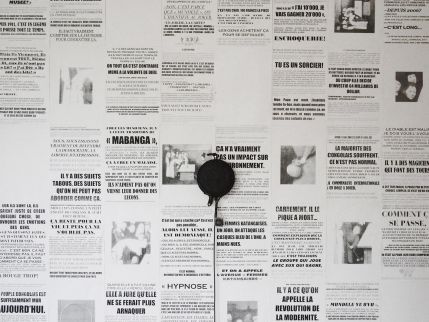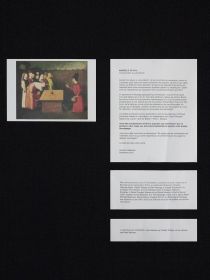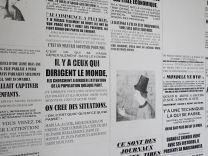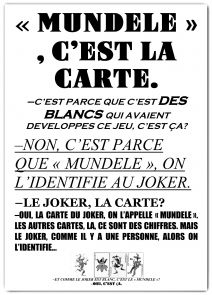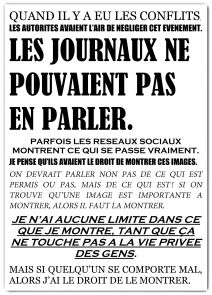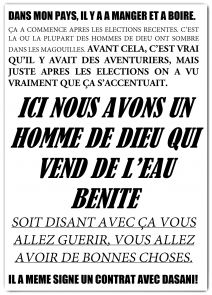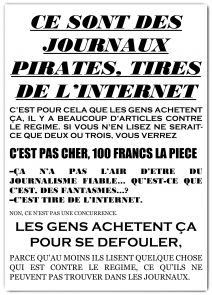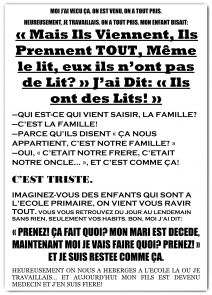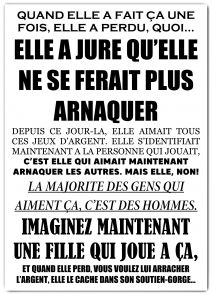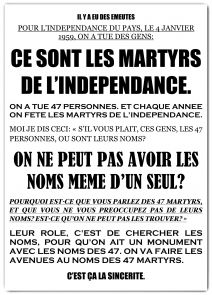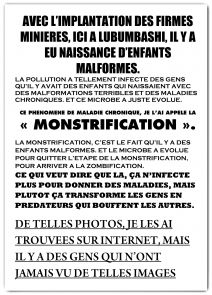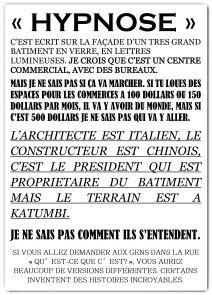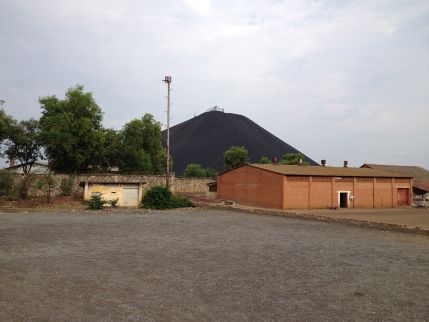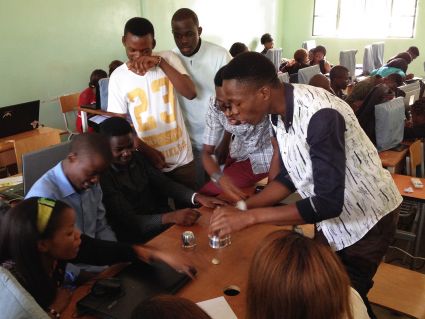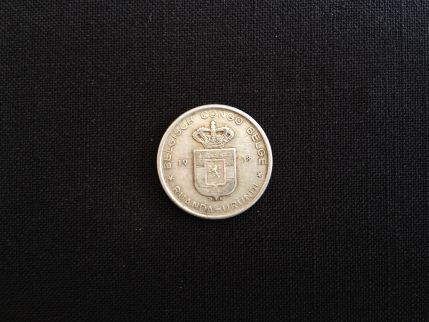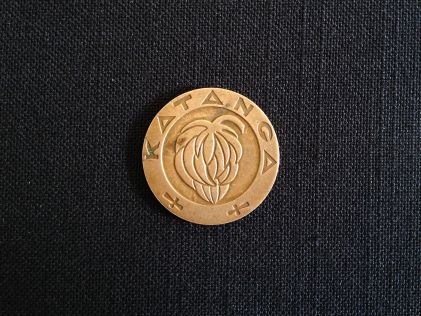> projects: On balls and brains (installation)
On balls and brains (performance)
> investigation: The Conjurer: towards an "ecology of attention"
> texts: L’escamoteur: économie de l’illusion, écologie de l’attention
L’escamoteur, ou le crime envisagé
>
Mundele Ye Uyu: the Conjurer in Lubumbashi
In collaboration with David Douglas Masamuna, Blaise « Pelos » Musaka,
Alain Nsenga, Daddy Tshikaya and Eric Kayembe
« Eblouissements – transformer le réel », 5th Lubumbashi Biennial, DRC
Cur. Toma Muteba Luntumbue
7 October – 12 November 2017
This micro-investigation in Lubumbashi, the capital of the historical mining region of Katanga in the Democratic Republic of Congo, followed the invitation made by the Biennial to conceive an intervention fostering exchanges with the local art scene and civil society.
Following the investigation that I had led for several years on the painting The Conjurer by Hieronymus Bosch and the politics of attention, I decided to « carry » it with me in Lubumbashi, in order to stimulate dialogue and collect new testimonies. This early representation of a street con game was meant to operate as a « vanishing mediator » (in a renewed understanding of Fredric Jameson's initial concept). As a catalyser, The Conjurer allowed to gather people around this new object while shifting the usual perspectives, before eventualy fading out and letting room to the matters of concern expressed and the new assemblages produced in the process.
What captures, conducts or diverts our attention? What appears and what disappears in our daily environment? What are the forces driving these movements and with what aim? During a short two-weeks residency, a dozen interviews were realized, in close collaboration with artist and film-maker David Douglas Masamuna and with the help of Blaise Pelos Musaka, as well as the whole association Picha which runs the Biennial. These interviews involved journalists, teachers, jurists, artists, students, and a group of young men living from street activities.
Starting from Bosch’s Conjurer, the conversations often addressed the local versions of the cups-and-ball game and other street con games (played with matchboxes, coins or cards), and soon shifted to raise various larger manipulation problematics – political/electoral manipulations, manipulation of historical memory, resources appropriation, false prophets and sorcery – that were later staged in the exhibition.
The installation paid tribute to the « pirate newspapers » circulating in the streets of Lubumbashi. While the official local newspapers offer highly selected news suffering from various forms of censorship, the pirate newspapers are extremely critical and consequently know a great success. Narrating mostly fantasized stories, they appear as providers of desires rather than information. Considering their ambivalent status and familiar qualities, as well as their amazing capacity to capture attention with their raw graphic design, they offered a perfect format to be further experimented.
In collaboration with artist Alain Nsenga, we selected exemplary parts of the interviews conducted earlier and designed 50 « pirate newspapers » of our own based on that material. These posters covered an entire wall of the installation, with the addition of a circular loudspeaker playing a montage of sound extracts, as well as a table and a large black panel conceived by artist Daddy Tshikaya. On the table were displayed various objects such as cups and balls, coins and matchboxes, that were later used in a performance of magic tricks by Eric Kayembe during the opening event. On the black panel, the public was invited to react to the (sometimes controversial) material presented, and to add more elements to the investigation at hand.
------
With the support of the Swiss Arts Council Pro Helvetia
The spoil tip of Lubumbashi: the city's most famous monument?
Eric Kayembe doing a demonstration of "cups and ball" game to his fellow students, that he will later repeat for the opening
